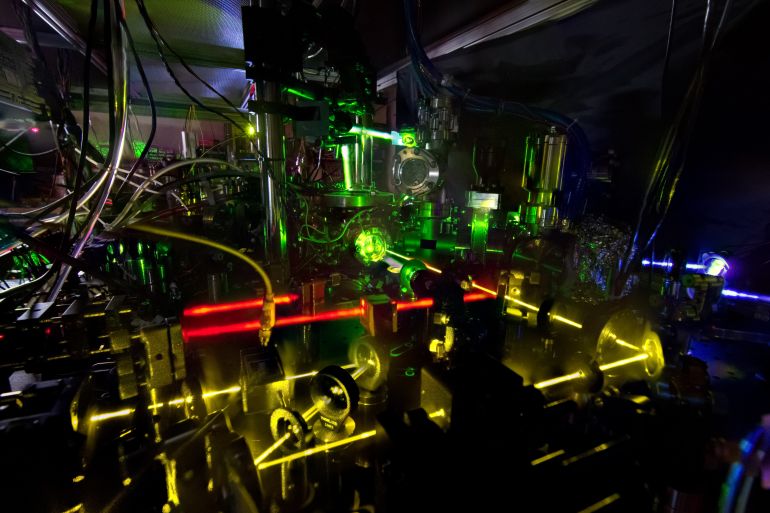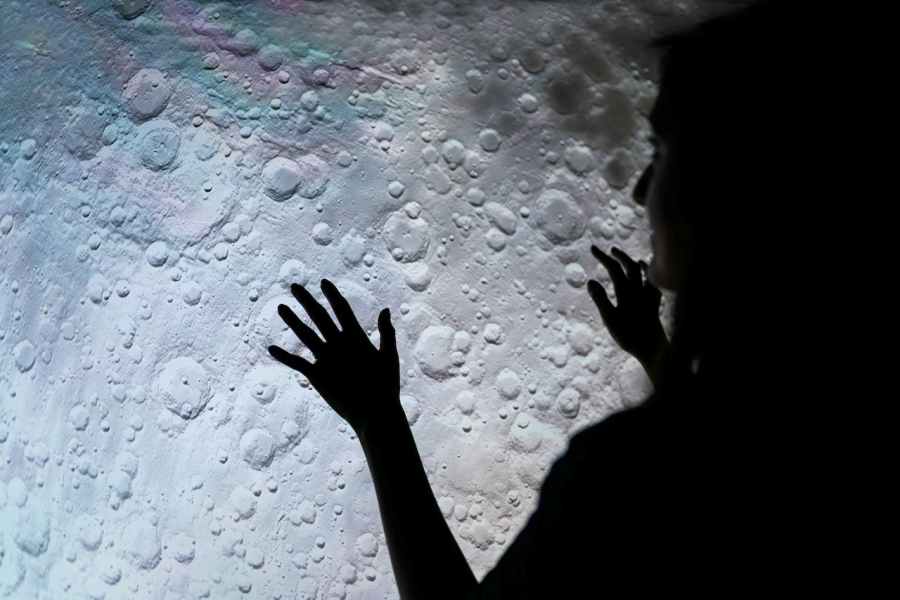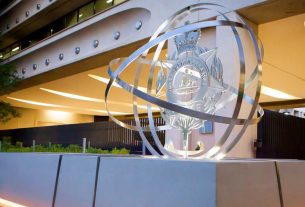Sat 27 April 2024:
The United States government has tasked its space agency, NASA, with establishing a standard time zone for the moon, which will be known as Coordinated Lunar Time (CLT).
In a memo issued on April 2, the US Office of Science and Technology Policy (OSTP) stated: “Federal agencies will develop celestial time standardisation with an initial focus on the lunar surface and missions operating in Cislunar space [the area within the moon’s orbit], with sufficient traceability to support missions to other celestial bodies.” “Traceability” means that CLT can be kept in sync with time zones on Earth.
The memo outlined the following features for the new CLT:
- Traceability to Coordinated Universal Time (UTC – a compromise for both English and French speakers);
- Accuracy sufficient to support precision navigation and science;
- Resilience to loss of contact with Earth (meaning CLT can operate independently of Earth); and
- Scalability to space environments beyond the Earth-moon system (meaning other space stations beyond the moon would be able to use CLT as well).
Don’t expect your favourite time zone and calendar apps to have CLT as an option yet; NASA has until the end of 2026 to establish CLT.
Why does the moon need its own time zone?
In layman’s terms, we need a reliable “lunar time” earth-syncing system because lower gravity on the moon causes time to move slightly faster there than on Earth – by just 58.7 microseconds (there are 1 million microseconds in a single second) faster within every 24 Earth hours.
This is not science fiction, even though it is a main feature of Hollywood blockbusters such as Interstellar. Known as “gravitational time dilation”, the passage of time is impacted by gravity.
Although small, these time discrepancies can cause issues with syncing satellites and space stations in lunar orbit.
An unnamed OSTP official told Reuters: “Imagine if the world wasn’t syncing their clocks to the same time – how disruptive that might be and how challenging everyday things become.”
How would we tell time on the moon?
Earth uses UTC or Coordinated Universal Time to sync time zones around the world. UTC is determined by more than 400 atomic clocks that are maintained in national “time laboratories” in about 30 countries around the world. An atomic clock uses the vibrations of atoms to achieve extreme precision in keeping track of time.
Similar atomic clocks would be placed on the moon to get an accurate time reading.

Known as Positioning, Navigation and Timing (PNT), this precision-timing system allows communications systems to measure and keep accurate timing. The Ordnance Survey, the British organisation that has been producing maps since 1791, explains that PNT has three core elements:
Does NASA have plans for time zones in other parts of outer space?
Although there has been no mention of time zones on other planets, in 2019, NASA’s Deep Space Atomic Clock (DSAC) mission tested an atomic clock to improve spacecraft navigation in deep space. The DSAC mission, on SpaceX’s Falcon Heavy rocket, was launched on June 22, 2019. The rocket tested the atomic clock in Earth’s orbit for one year.
As NASA’s Jet Propulsion Laboratory, the centre for robotic exploration of the solar system, explains: “A two-way system that sends a signal from Earth to a spacecraft, back to Earth and then to the spacecraft again would take an average of 40 minutes. Imagine if the GPS on your phone took 40 minutes to calculate your position. You might miss your turn or be several exits down the highway before it caught up with you. If humans travel to the Red Planet [Mars], it would be better if the system was one-way, allowing the explorers to immediately determine their current position rather than waiting for that information to come back from Earth.”
The mission successfully ended in 2021, with the on-board atomic clock maintaining the correct timing and navigational positioning.
______________________________________________________________
FOLLOW INDEPENDENT PRESS:
WhatsApp CHANNEL
https://whatsapp.com/channel/0029VaAtNxX8fewmiFmN7N22
![]()
TWITTER (CLICK HERE)
https://twitter.com/IpIndependent
FACEBOOK (CLICK HERE)
https://web.facebook.com/ipindependent
YOUTUBE (CLICK HERE)
https://www.youtube.com/@ipindependent
Think your friends would be interested? Share this story!





